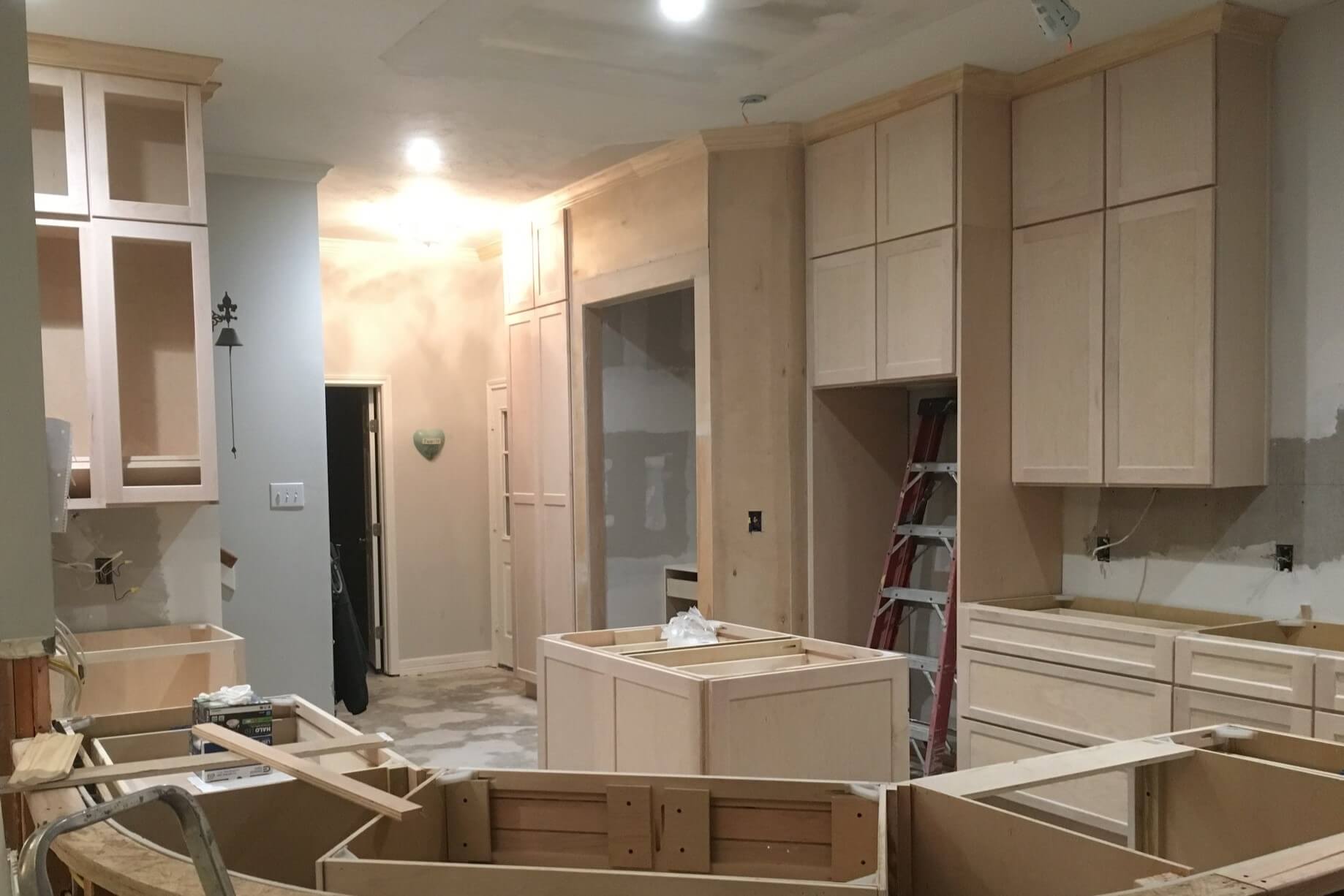Best Practices for Finishing Unfinished Kitchen Cabinets
by Best Brand Cabinets • August 31, 2023
Best Practices for Finishing Unfinished Kitchen Cabinets
Unfinished kitchen cabinets offer a world of possibilities. They provide the perfect canvas for your creativity, allowing you to create a custom look that perfectly complements your home's decor. However, finishing cabinets requires a careful approach to ensure a flawless finish. Here are some best practices for finishing kitchen cabinets.

1. Choose Your Finish Wisely
The first step in finishing your cabinets is to decide on the type of finish you want. You can choose from paint, stain, or clear coat finishes, each offering its unique aesthetic. Paint provides a solid, often bright finish that can transform your kitchen into a vibrant space. Stain, on the other hand, enhances the natural grain of the wood, giving it a warm, rustic look. Clear coats preserve the natural appearance of the wood while providing protection against wear and tear.
2. Prepare Your Workspace
Before you start, make sure your workspace is well-ventilated, clean, and dust-free. Cover your floors and countertops with drop cloths to protect them from spills and splatters. Remove all hardware from your cabinets, including handles and hinges, and label each piece so you know where it goes when it's time to reassemble.
3. Sand Your Cabinets
Sanding is a critical step in the finishing process. Start with a medium-grit sandpaper to remove any rough spots and then move to a finer grit for a smooth finish. Always sand in the direction of the wood grain to avoid scratching the surface. After sanding, wipe down the cabinets with a damp cloth to remove any dust.
4. Apply a Primer
If you're painting your cabinets, applying a primer is a must. It helps the paint adhere better and provides a more uniform color. Allow the primer to dry completely before moving on to the next step.
5. Apply Your Chosen Finish
When applying paint or stain, use a high-quality brush or foam roller for a smooth application. Apply thin, even coats, and allow each coat to dry thoroughly before applying the next. For a clear coat finish, follow the manufacturer's instructions carefully.
6. Apply a Protective Sealant
Once your final coat of paint or stain has dried, consider applying a sealant. This will protect your cabinets from scratches, stains, and moisture. Polyurethane is a popular choice for this purpose.
7. Reassemble Your Cabinets
After the sealant has dried, it's time to reassemble your cabinets. Replace the hardware and hang the doors back on the frames. Be gentle to avoid scratching your newly finished cabinets.
Finishing your kitchen cabinets can be a rewarding DIY project that adds value and personality to your home. By following these best practices, you'll end up with beautifully finished cabinets that you'll be proud to show off. Happy DIY-ing!

